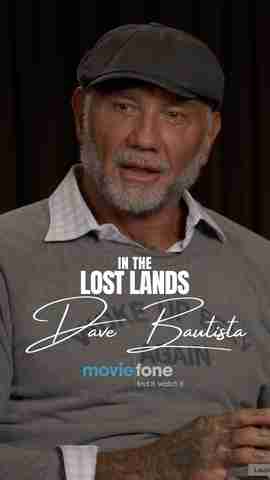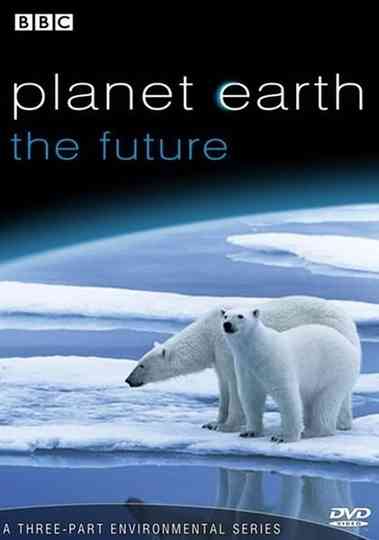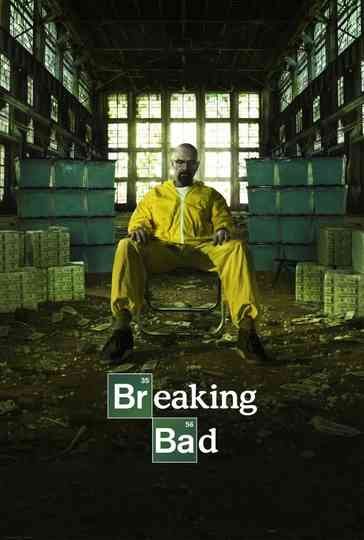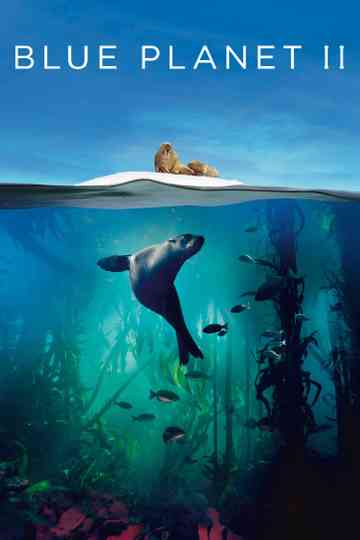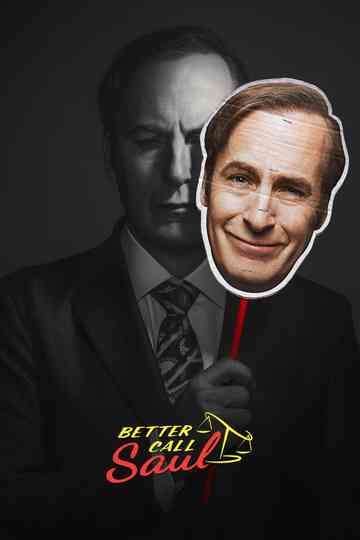Season 1 Episodes
1. Saving Species
Saving Species asks if there really is an extinction crisis facing certain species. Alastair Fothergill, executive producer of Planet Earth, admits that making the series was a bittersweet experience since some creatures were filmed with the knowledge that their continued existence is under threat.
2. Into the Wilderness
The second part looks at man's potential effect on the world's areas of wilderness. As the human population has grown, only a quarter of Earth's land now remains uninhabited (aside from Antarctica). Although around 12% is protected, this may not be enough — providing such places are not just 'enclosures' and bordering territories are also managed. Ethiopia's Semien Mountains are increasingly encroached upon for farming land, and this example leads to the question of overpopulation. Some interviewees argue that it is not just about numbers: how humans consume their natural resources is also important.
3. Living Together
The last episode deals with the future of conservation. It begins by looking at previous efforts. The 'Save The Whales' campaign, which started in the 1960s, is seen to have had a limited effect, as whaling continues and fish stocks also decline. In the 1990s, as head of the Kenya Wildlife Service, Richard Leakey took on the poachers by employing armed units. Although it was successful in saving elephants, the policy was detrimental to the Maasai people, who were forced from their land. The need for "fortress" areas is questioned, and the recently highlighted Raja Ampat coral reef in Indonesia is an example.












